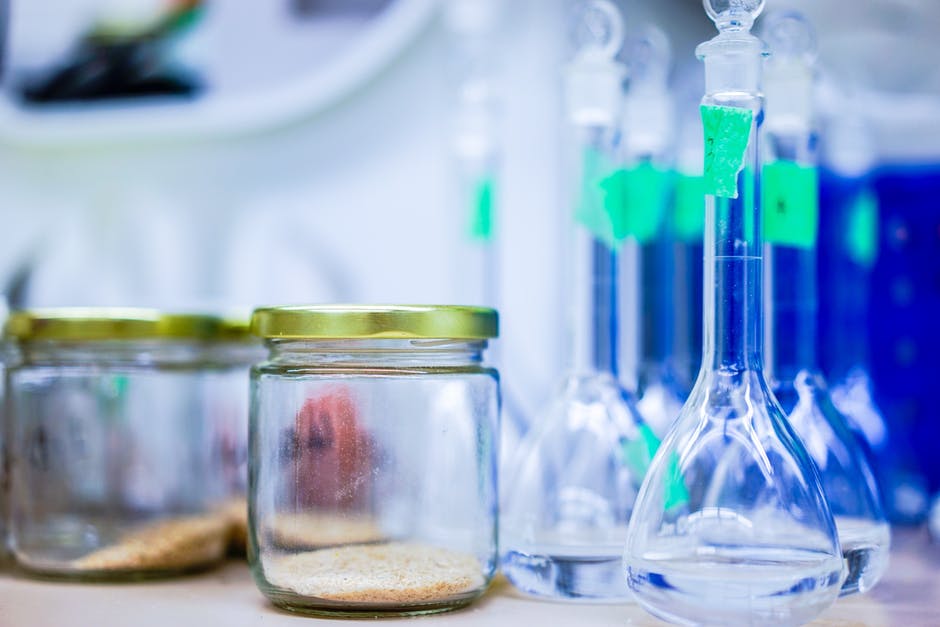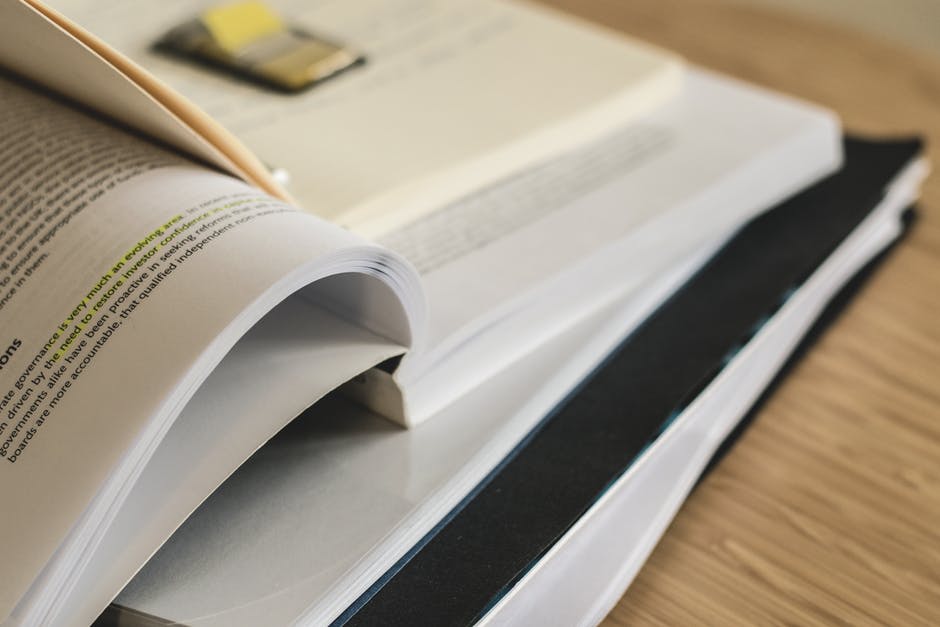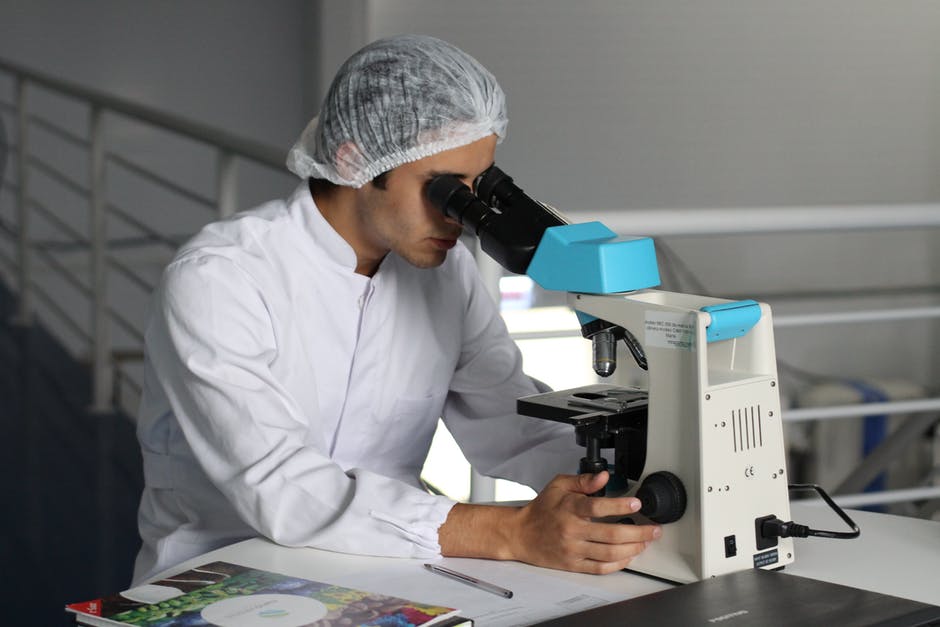How to Write A Biology Lab Report For School?
If you’re taking up biology classes, chances are you are tasked to do lab experiments and of course, lab reports. Biology lab experiments range from dissecting a certain creature, exploring different organisms that are not visible to the naked eye, making products out of natural products, or just understanding how do the ecosystem really works.
The purpose of writing a biology lab report is to determine how well you performed your experiment and how much you understood based on your experience in the experimentation process. Now your instructor may task you to write a lab report, but you have no idea what format to follow. Making a lab report is easy once you know the format and also, if you understand the experiment that you will do.

Every lab report has a format to be observed. This is part of the grading process of your lab report. The format follows:
- Title
- Introduction
- Materials and Methods
- Results
- Conclusion
- References
The title and the title page
Make a title that is brief, concise and interesting. Your title should provide a clear idea what your experiment was about. Don’t make your title too vague, so avoid a generalized title. Be specific about your title as your experiment is also specific. Make sure your title has a ten to fifteen word limit.
Example: “The effects of the flowers changing colors during pollination.” (9 words)
Of course, this is obvious that you should put your title in your report. Not only does your instructor know which lab report she is checking but you also want to be credited in your work. Whether it is a single person, or a group report, write down your names. Also put the name of your class, date, and the instructor’s name below your title. Your instructor may have specific instructions. You just want to make it easy for them to keep track of your work.
Statement of the problem
Your introduction should give the framework for your lab report. Every lab experiment starts with a problem that you will try to solve and see what are the results. Put the statement of the problem first and if applicable, put down what is the purpose of the study. Explain what you are studying about, why is it important to study it, and how you are going to gain knowledge in your study.
State your hypothesis
Of course in every science experiment or lab reports; you need to assume what will be the results of a certain problem you want to solve. This is called hypothesis. It is what you’re going to expect based on the theories that you’ve studied that relates to your study. Hypothesis may not always be confirmed by the actual results of your study but rather it is making a prediction prior to performing the experiment. You can start your hypothesis statement along the lines of “I expected…” or “I hypothesized…” and end it with the expected outcome of the experiment, “because X affects Y”.
Further background information
Include any information in the study that your reader needs to understand what is the purpose of conducting the experiment. Putting a theoretical background helps support your experiment further by citing other sources. This also helps convince that your study is relevant. This part is accomplished by a literature reviews of theories from published and primary materials such as journals, books, lab reports, etc. Properly cite your sources to avoid accidental plagiarism.
You can also put a list of definition of terms if your reports has specific jargon, explain the meaning of these terms so your readers will understand what you are talking about.
Making your methodology
List down first all the instruments and tools you used in your experiments. Include specific amount and time measurement if necessary. Then write a step by step description of your procedures. Explain your procedure in a concise manner so your reader can understand what you are doing. Describe how you gathered the data of your study, the instruments or specimens needed in the experiment and the way you perform your experiment.
For the methodology section, make sure this is written in past tense. It should be like an accounting of what you did in your experiment. Most lab reports are usually written in first person point of view, either using active or passive voice. However, check with your instructor on what POV and type of voice should your paper be. Your instructor might prefer a third person point of view. Furthermore, avoid using deep vocabulary that is not understandable by the readers. Your report should be straightforward and easy to understand.
Making the results
This part is the collection of all the data you obtained from your experiment. First, state the results of your experiment and then put visual aids, such as graphs, drawings, equations used, charts tables, etc. to support your results. Label your visual aids on what they are supposed to be representing and explain these parts carefully, so the readers will understand your visual aids right away. Make sure that when writing the results, it should be easy to understand so make it as comprehensive as possible. Make sure the data you put in the results are solely based in your experiment.
Making your conclusion
After explaining your results, add a brief summary of the data you’ve gathered and tested. Highlight the key points that you’ve obtained from your experiment that is relevant to your conclusions. Elaborate these with your own interpretation of the data based from the results. Conclude the study on what specific and relevant results were obtained in the experiment. This is the part where you can accept or reject your hypothesis. Explain why. Your goal is to convince the reader that you understand the data and the process you did by gathering these and have considered it fully and intelligently. One to two pages of your conclusion is enough to present it as long as it is presented in an organized and logical manner.
Summarize everything with an abstract
Once you’re done with the conclusion, go back and make an abstract of the study. An abstract is a very brief summary of the entire experiment you just did. When writing an abstract, it should include why the experiment was conducted, what methods were used, what were the results, and what were the conclusions. Abstracts are very short. It should only have 100-200 words in it and it should be complete of the data mentioned in the previous sentence. Put this before the introduction section.

Don’t forget to credit your sources
If you’re putting external sources in your paper, make sure you cite them properly. Avoid getting reprimanded or worse, your work could get in a serious trouble because you forgot to credit your sources properly. Academes usually take offenses such as plagiarizing, seriously. The basic form of citing your sources in bibliography is this format: Last name of author, first initials. Year published. Title of article. Name of journal. Volume number: page number. Depending on your professor’s instructions, you can use the APA or MLA citation to guide you on properly citing your sources.
Example:
Chapman, G.A. 2013. Anthrax as a bio-chemical weapon. Doctor’s Quarterly. 8: 42-48.
Don’t forget to paraphrase
Unlike essays or research papers, instructors don’t really like to see quotations in a lab report. It deems as informal in your report. And so, paraphrasing is your best friend in this area. Paraphrase all your sources and add some context of your ideas in your own words as much as possible.
Paraphrasing isn’t merely just changing a few words. You have to read and understand what your sources are saying and try to write the information they had conveyed in your own words. The idea must still be in your paraphrased sentence.
Example:
- Original sentence: Giraffes like Acacia leaves and hay and they can consume 75 pounds of food a day.
- Paraphrase sentence: A giraffe can eat up to 75 pounds of Acacia leaves and hay everyday.
Paraphrasing is easy to do if you understood your lesson. Practice paraphrasing so you can familiarize yourself in this form of writing.
Other formats to follow
- Font size should be in 12 pt unless your instructor assigned you to do so. 12 pt is usually the standard font in writing reports. Use formal fonts such as Arial or Times New Roman, unless a font style is already assigned to you.
- In every report, include page numbers either on top of the page or on the bottom of the page. Make sure that if the page number in the first page is on top, it must be consistent on every page. Page numbers are required in reports for easy reference and for the instructor to easily remember what page number are the revisions that are needed to do. Check also if you need to put your last name in every page.
- Don’t forget to add headings in every section of your paper. This is to label the sections to avoid confusion. Don’t forget to follow the proper format of your paper.
If you need a format or guide to follow, refer to this sample biology lab report.
Now that you’ve learned how to write a lab report, it is easier for you to apply your learning in your study. Not only does this paper is required for you to do by your instructor, but along the process, you already learned more knowledge on the course of biology.


